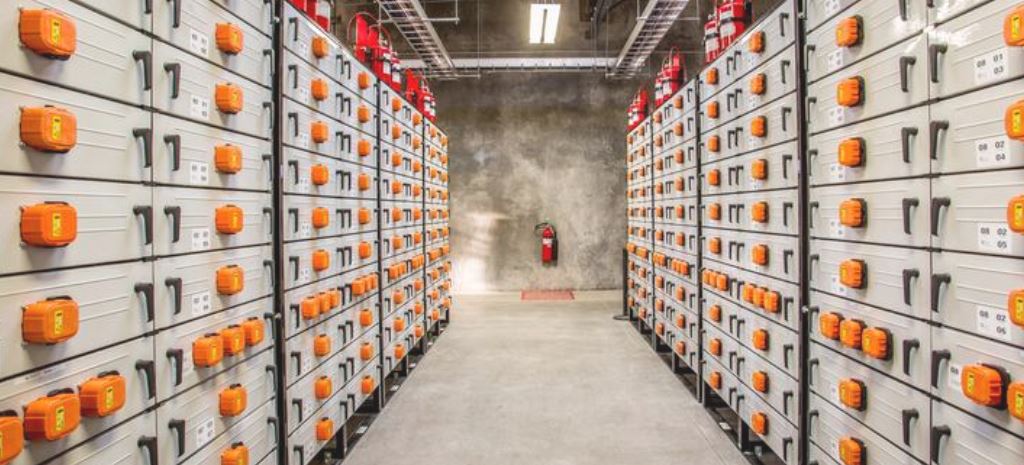One of the hottest topics in the industry these days is how utilities will deploy more energy storage to accommodate renewable resources during peak use times, which traditionally fall outside the highest production times for solar-electricity systems (see Curve, Duck).
California is, as usual, leading the race toward a solar + storage future, having recently decided to require utilities to include non-fossil fuel alternatives – including electricity storage – to serve during those early evening peak times. But one Oregon utility is making sure it doesn’t fall too far behind in the race.
On its third-quarter earnings call, Portland General Electric Company (PGE) announced it would be submitting a 39 MW energy storage plan in mid-November to the Oregon Public Utility Commission (OPUC), including a planned investment of somewhere between $50 million and $100 million.
The investment is aggressive and exceeds the state-mandated energy storage requirement by more than seven times. In 2015, the Oregon legislature passed House Bill 2193, which required all investor-owned utilities like PGE to add at least 5 MW of energy storage, not to exceed 1% of its 2014 peak loads.
The Portland Business Journal reports PGE’s peak in 2014 was 3.9 GW, so 39 megawatts would be the most storage it could add by statute.
While the energy-storage proposal snatched the headlines, PGE also said it had submitted a revised renewable-energy-procurement plan to the OPUC indicating the utility believed it could acquire 100 MW of renewable resources, possibly including unbundled renewable energy credits, over the term of its integrated resource plan (IRP).
The utility will submit an IRP amendment by the end of 2017 to put that goal on the record, as well as a request for proposal for companies to help them meet it.
PGE also reported a 561 MW capacity gap that it plans to fill in part with qualifying facilities under the Public Utility Regulatory Policies Act of 1978 (PURPA), a previously obscure law that is now at the center of multiple utilities’ renewable energy fights.
Over the past two years Montana and Idaho have weakened PURPA implementation, by both shortening contract lengths and reducing the rates paid. By the end of the contracts, they argue, the utilities lose money because the contracted per-kilowatt-hour rates don’t adjust as electricity prices fall.
But perhaps the most important state for PURPA has been North Carolina, which overhauled PURPA in July so that that larger solar projects now go through an auction system, instead of receiving the must-take, fixed-price contracts that the law mandates.
This content is protected by copyright and may not be reused. If you want to cooperate with us and would like to reuse some of our content, please contact: editors@pv-magazine.com.








By submitting this form you agree to pv magazine using your data for the purposes of publishing your comment.
Your personal data will only be disclosed or otherwise transmitted to third parties for the purposes of spam filtering or if this is necessary for technical maintenance of the website. Any other transfer to third parties will not take place unless this is justified on the basis of applicable data protection regulations or if pv magazine is legally obliged to do so.
You may revoke this consent at any time with effect for the future, in which case your personal data will be deleted immediately. Otherwise, your data will be deleted if pv magazine has processed your request or the purpose of data storage is fulfilled.
Further information on data privacy can be found in our Data Protection Policy.